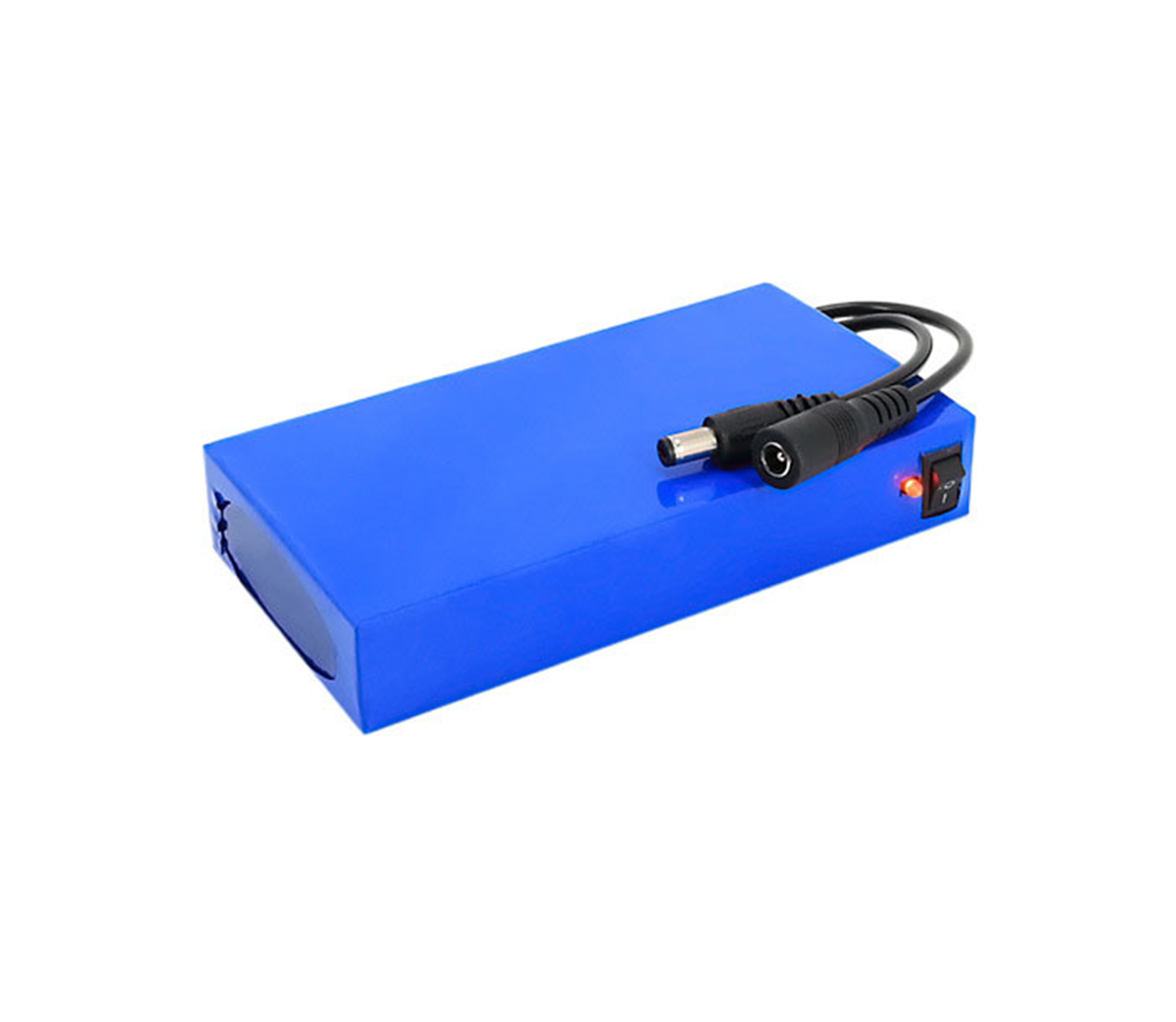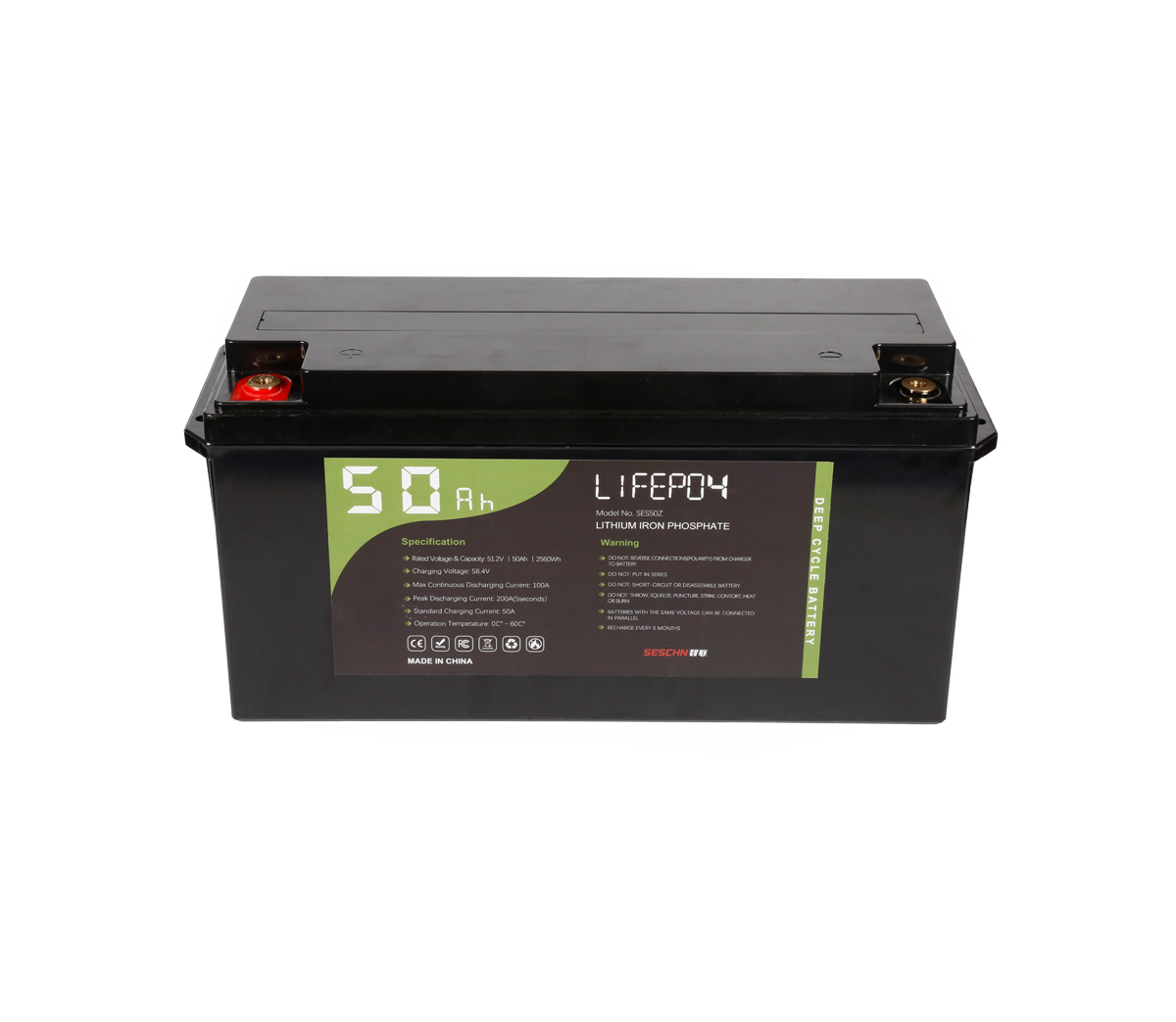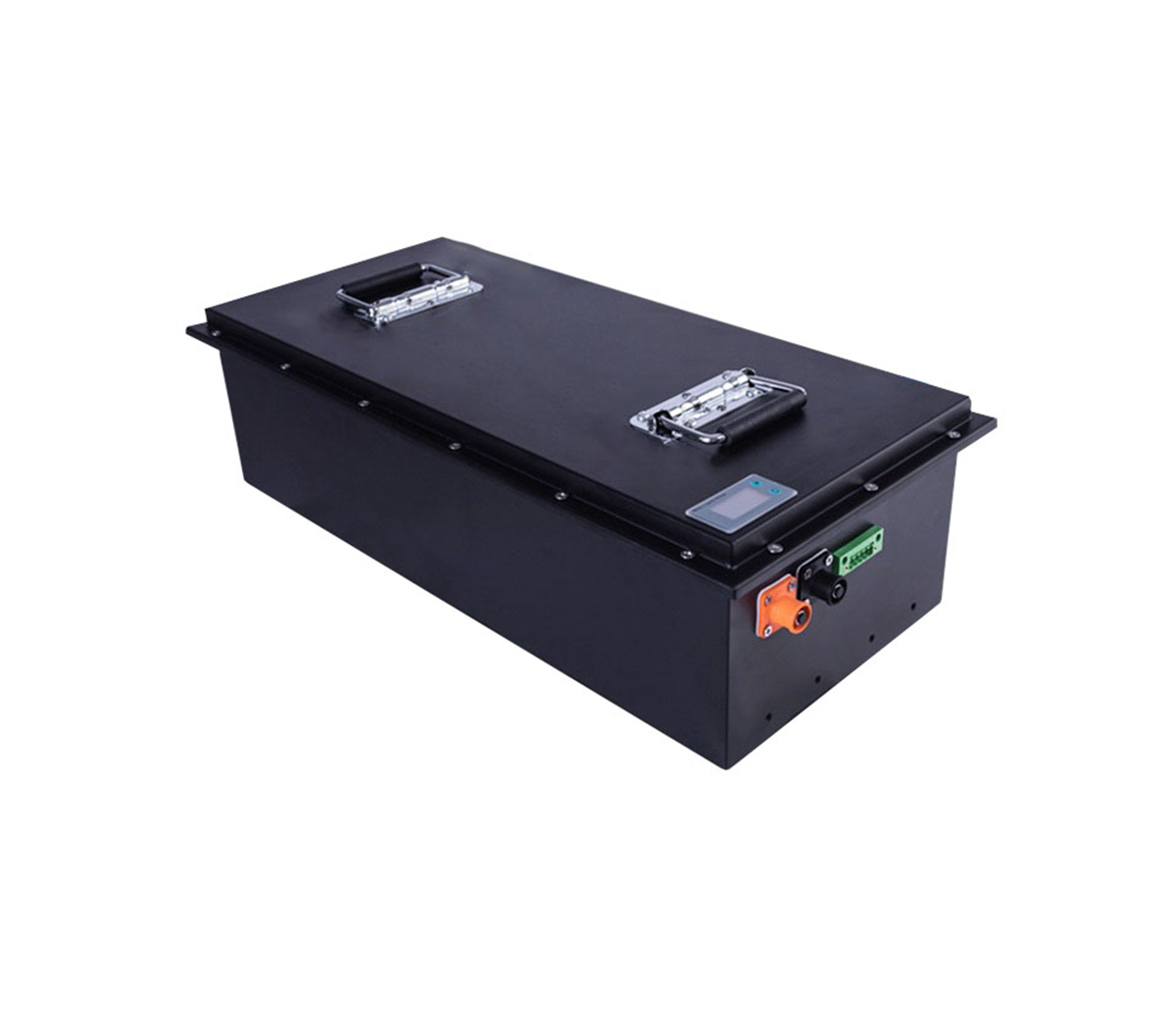Patented technology introduction of lithium battery ternary materials
A brief introduction to the patented technology of lithium battery ternary
materials
A few days ago, at the sixth meeting of the sixth council of the China
Chemical and Physical Power Industry Association, Secretary-General Liu Yanlong
particularly emphasized the patent technology layout of lithium battery ternary
materials. He pointed out that under the hot industry trend of ternary lithium
batteries, especially high-nickel ternary, many domestic cathode material
companies are facing huge foreign patent fees in their development. Regarding
this issue, the association will hold a seminar in the near future to take
countermeasures to alleviate the cost pressure in the development of the
enterprise.
So, what is the current status of the domestic lithium battery ternary
material patent technology layout?
The core patent is to "overtake on a curve"
Professionals have conducted statistics on domestic and foreign patents in
the field of ternary materials. The results show that: First, the development of
domestic ternary materials started late, and basic and core patents are lacking.
There is still a big gap with Japanese and Korean companies and 3M companies in
the United States.
For example, on November 15, 2005, 3M obtained the US patent US6964828B2
and its family of patents CN100403585C for NiCoMn ternary materials, which
mainly limited the content of Ni in NiCoMn, which became the basic core patent
of ternary materials. The development of ternary materials in China's lithium
battery industry.
Secondly, the patents surrounding the modification of ternary materials are
mainly to improve the electrochemical performance, but the safety and cost
issues have not been effectively broken through. In contrast to the rapid growth
of invention patents for improving electrochemical performance, the number of
applications for the safety and cost reduction of ternary materials has been
increasing slowly. This also shows that under the condition that R&D
investment has increased significantly and battery safety is very important, the
safety and cost issues of ternary materials have not been effectively
broken.
Take the invention patent "Preparation Method of Titanium Sol Coated
Modified Ternary Cathode Material" of a domestic research institute as an
example. This invention patent modifies the ternary cathode material by
optimizing the coating process, which can effectively improve the first coulomb
of the material. Efficiency and discharge specific capacity, but there is no
obvious improvement in other aspects such as the cycle performance of the
material. In addition, a large amount of alcohol is used in the coating process,
which has higher requirements for process equipment and workshop conditions
(explosion-proof workshop), and the recycling of alcohol also requires
additional processing costs.
Based on the above analysis, Battery China.com believes that there are two
points that domestic cathode material companies need to focus on: First,
domestic ternary material patent applications are relatively scattered,
especially leading companies are less involved, the overall research atmosphere
is not strong, and domestic companies need to pay attention to cathode
materials. The research and development of materials and the protection of
intellectual property rights; second, there is a large room for development in
the safety and cost of ternary materials. The layout of foreign applicants is
not perfect. If domestic enterprises can increase R&D investment in these
areas and master core patents as soon as possible, it is possible to achieve
"curving overtaking" in the field of ternary materials.
Patent license or helplessness
The industry consensus is that in addition to actively attaching importance
to independent research and development and protection of intellectual property
rights, domestic cathode material companies should also license patents among
companies as an option for sustainable development of the industry. Battery
China.com found that the recent layout of the patents of cathode material
companies is as follows:


































